As a Venetian, I was always interested in exploring the connections that my city, once the greatest maritime power of Europe, had with the most remote part of the world. I knew that in the African continent the Venetian republic had special relations with Ethiopia. Therefore, I was always longing to travel there especially since some years ago I had the pleasure to read The Sign and the Seal by Graham Hancock where he talks about the mystery of the Ark of the Covenant and of the connections between Ethiopia and the Western World.
Many were saying that I was mad to travel to Ethiopia in the middle of a pandemic and with a civil war still raging in the North of the country. Yet, I was impatient to leave a Europe that had been reduced to a nursing home for people too scared of dying to be able to live. However, when I landed at Addis Ababa airport and saw a group of people from China dressed in full protective gear I thought, for a moment, that they were right. But the friendly smile of a beautiful Ethiopian border guard reassured me. When I inquired about how safe things were in Ethiopia she charmingly replied “Everything is fine here….”
With great relief, I quickly realised that she was right. Driving through the city I saw that cafes and restaurants were all open and so bursting with life that one could easily forget about the virus and the damage it had inflicted on the bodies and psyches of those in the countries it had infected.
Culturally, it would seem that not much has changed in Ethiopia since Graham Hancock travelled here whilst researching his book The Sign and the Seal in the late 80s early 90s. The Mengistu dictatorship is over but tribal disputes keep tormenting the country. Amharas against Oromo, Oromo against Tigrayans, Tigrayans against Eritreans and Tigrayans against Amaharas. These groups have been caught up in a cycle of never-ending feuds.
As in Hancock’s time, it is extremely dangerous to go to Aksum where according to Ethiopian belief the legendary Ark of the Covenant is kept. Despite the danger, Hancock did travel to Aksum in 1991 during the height of the civil war, brought in via Sudan and Eritrea by the Tigray People’s Liberation Front, whilst researching and writing The Sign and the Seal. The horrors of war are still very much present. Reports from last November tell of a terrible massacre of 800 Tigrayans who either had found refuge in the church or were trying to defend the holy object from the Eritrean troops.
Hancock’s name is well known in Ethiopia. Each time I mentioned that I knew him people would offer me a huge smile and express the warmest welcome. His book, The Sign and the Seal is still very popular. During my travels, there were so few visitors to Ethiopia that it felt like I had the whole country to myself. This gave me the opportunity to find new confirmation of the book’s hypothesis. I began my journey in Addis Ababa’s National Museum located in the rather dilapidated Haile Selassie’s palace. Here one can see how Ethiopia has been connected to the Nile Valley since the remote past.
One can see in this wooden head holder Fig.1. which is identical to the stone ones used by the ancient Egyptians Fig.2, or the long sticks used by the Ethiopian clergy are like those carried by the gods of ancient Egypt. Not to mention the ubiquitous Ankh – the life symbol of ancient Egyptian divinities transformed into the Coptic Cross. Fig.3.
The main purpose of my trip was to investigate the connections between my hometown Venice and Ethiopia, which I knew went back to the Middle Ages. When I met the director of the National Museum, Hancock’s name was able to open all doors. He received me right away and in exchange for putting him in contact with Graham, he revealed the latest news of an ancient Ethiopian manuscript. The manuscript proved that in the 14th century the doge Michele Steno had already started diplomatic relations with Ethiopia by sending a fragment of the ‘True Cross’ relic as a gift to the Ethiopian monarch. This gift was sent with the intention of building an alliance with Ethiopia against the Muslim forces threatening Christian Europe. According to medieval legend, the miraculous wood of the ‘True Cross’ was discovered by the Ethiopian queen Saba when she visited King Solomon and for this reason, the Venetian gift was of high significance to the Ethiopians. This historical information was of great help to my research as it provided evidence for the old and deep relations between Venice and Ethiopia.
Travelling north of Addis Ababa I followed Hancock’s footsteps to Lake Tana. I was happy to see that the papyrus boats described by Hancock were still sailing on the lake, made in the same way as the ancient Egyptians used to make them. In the distance, I could see the source of the Blue Nile where the lake narrowed to become a river flanked by papyrus bushes, guarded by a couple of peaceful hippos. Fig.4
To my relief, the only thing that had changed since Graham was here in the 90s were the rental tariffs for a boat. Graham lamented in The Sign and the Seal how costly it had been for him to rent a boat on the lake to reach the faraway monastery island of Tana Kirkos. At the time he paid over $800. Now it didn’t cost more than $80 to hire a boat for the day trip.
Tana Kirkos is a mysterious, wild island, on the eastern side of the lake, surrounded by lotus flowers and, apart from the monks, its main inhabitants are large white collar African fish eagles. It is here that Hancock found more leads to the Ethiopian belief that the Ark of the Covenant – the biblical object said to give immense power to its owner – is in their land. According to the Ethiopian legend it was brought into Ethiopia before the fall of Jerusalem under the Babylonians in 517 B.C by Menelik, son of King Solomon and the Ethiopian Queen Saba. Today Ethiopians still strongly believe in this story. It is their most precious secret. Legend has it that the immense power of the Ark helped the Jews in biblical times to win in battle but, according to the Ethiopian tradition, it was used even as recently as 1896 against the Italian army defeated in the battle of Adwa. The first European colonial army to be defeated by an African country. In order to hide the Ark, the Ethiopians had the brilliant idea of making thousands of replicas, one for each church so nobody could really tell which is the real one, although they claim that the one in Aksum, guarded for life by a monk, is the authentic one. But perhaps this is just another clever deception.
As I approached the island I noticed its peculiar shape – rocky, very long and thin. It looked like a boat, a vessel or … an ark! Fig.5
In fact, it was said, as reported also by Hancock, that the famous Ark of the Covenant had been carried along the Nile and after having crossed the plains of Sudan arrived and found refuge for several centuries on this island. According to Hancock. the Jews escaping with the Ark did not follow the Blue Nile all the way but at one point followed the Tekeze river, which takes a more direct route to the Ethiopian highlands and brings you very close to Lake Tana. One could easily imagine how the green Ethiopian highlands and Lake Tana, the most northern among the large African lakes, must have looked like a promised land for the Jewish tribes who were fleeing Egypt across the Nubian desert and the arid plains of Sudan. Signs of an ancient Judaic cult are conserved up to today by the monks on the island. Graham saw them at the time of his visit. They were still there when I came.
There is a group of large sacrificial stones, with holes to collect the blood from offerings, located on the top of the island Fig.6. For additional protection, a metal covering has been built to save them from corrosion. Nearby to these stones, the monks said that the Ark was conserved under a tent for several hundred years, or so the legend depicts.
Leaving the island and sailing along its eastern side I could see clearly how the island’s long shape was strikingly similar to a vessel or an ark. No other place could have been more charged with symbolism to keep the precious talisman.
There was yet more evidence of Hancock’s intuitions to be found in Lalibela. The city carries the name of its founder, Emperor Lalibela of the Zagwe dynasty reigning from 1181 to 1221. Crossing the Ethiopian Haut plateau one could see from a long distance a strange mountain topped by a kind of tower or pinnacle. It sticks out for miles like a finger pointer – a sign of destiny. It was here that King Lalibela, saddened by the news of the fall of Jerusalem in 1187 decided to build a replica of the holy city. According to legend, he is said to have visited Jerusalem in his youth establishing relations with western Christianity. The whole landscape of the city is named after the Holy Land. There is a mount of Golgotha and the river which crosses the city is called Jordan. Not much is left of the city but what is left are the rock-cut churches, carved into the mountain in such a way that one can’t see them from a distance. They are invisible to any invading army. Certainly, it is a miracle of architecture, so extraordinary in this remote part of Africa that today Ethiopians themselves are surprised by its existence.
Legend says that the construction of Lalibela was helped by angels. One of the first visitors in the sixteenth century, the Portuguese Francisco Alvarez, writes- “The locals have told me that this incredible architecture was built with the help of white men…” From here the hypothesis shared by Graham Hancock was that some crusaders, in particular some Templars who had a great reputation as builders, came to help King Lalibela erect a second Jerusalem since the Holy City had been lost. Before the fall of Jerusalem, the Templars had their headquarters inside the compound of the Temple of Solomon. Hancock speculates that the Templars knew about the legend regarding the Ark of the Covenant having been carried all the way to Ethiopia. According to Graham, the Templars came to Ethiopia, as many other travellers later did, not only to help build Lalibela but also to look for the lost Ark of the Covenant. The search for the Ark might even coincide with the quest for the Holy Grail since in some of the first versions of the Grail tradition, as in Percival, by Wolfram von Eschenbach, the Grail is actually a very powerful object, perhaps a stone or a meteorite of which the Ark is the container.
Being in this holy city was awe-inspiring. The total absence of tourists, and being surrounded by the presence of singing monks and indigenous believers wrapped in their light cotton muslin, gave me the impression that these remote times and legends were still alive and present.
Evidence of contact with Mediterranean civilisations was revealed by symbols sculpted on the churches, especially those of “Beta Maryam” and Golgotha. Swastikas and stars of David hinted at the Solomonic origin of the dynasty. Also, in the interior of the church was a fresco of a double-headed eagle, perhaps recalling the byzantine empire and significantly ubiquitous “Croix patee”, the traditional symbol of the Templar knights. Fig.7.
My attention was particularly caught by an unusual archaic fertility symbol that resembles a vulva, Fig.8 and was repeated in the Golgotha church. To my surprise, I remembered having already encountered this symbol thousands of miles away in Italy in an ancient Templar castle. The castle of Potentino in southern Tuscany Fig.9 and Fig.10.
When, during a second visit, I was allowed to enter the actual chapel where King Lalibela was supposed to be buried, I had a second confirmation of Hancock’s hypothesis of a crusader’s influence in the building of these extraordinary churches. In the part of the chapel, which was visible there were four human-sized, three-dimensional sculptures in base/reliefs. Fig.11. They were said to be four apostles. Another eight sculptures were hidden behind the curtains. But to admit this is heresy for the Ethiopian Orthodox Monophysite Church so much under the spell of Abramitic iconoclasm coming from Islam and Judaism. The prohibition of idol worshipping goes back to the Mosaic condemnation of the cult of the Golden Calf that existed during the time of the Ark of the Covenant in the 14th century B.C. Every three-dimensional sculpture was strictly prohibited due to the risk that a sculpture could become an idol. In fact, two of those figures had been damaged long ago, perhaps by some zealous monks. Fig.12.
As well as all the symbols mentioned, these sculptures were further, unequivocal proof of the deep connections Lalibela had with western Christianity and its world of the crusaders. One could also speculate that the sculptures were not the apostles but the effigies of the Templars who helped King Lalibela build these miraculous churches carved into the mountain face – a new Jerusalem in the middle of Africa. Lalibela must have been one of the first avatars of the fabulous Priester John who had captured the imaginations of the medieval minds in the West. The mythical, almighty Christian King of the East who could help them in their fight against the forces of Islam and reconquer Jerusalem. Prester John is depicted on the most ancient charts of Ethiopia as on the famous map of Asia by Fra Mauro, the most famous cartographer of Venice at the beginning of the fifteenth century. On the Venetian map, Priester John is depicted seated on the throne of Abyssinia, the ancient name for Ethiopia. A mythical figure, as Hancock himself has become for the Ethiopians, since his book gives real evidence to the legends in which these extremely devoted people still passionately believe.
This research of mine couldn’t have been possible without the invaluable help of Tesfa Tours and his manager Mark Chapman who guided me with perfect expertise through this fabulous country. https://www.tesfatours.com/





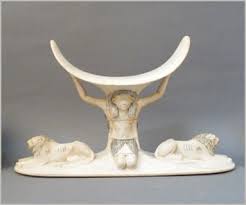
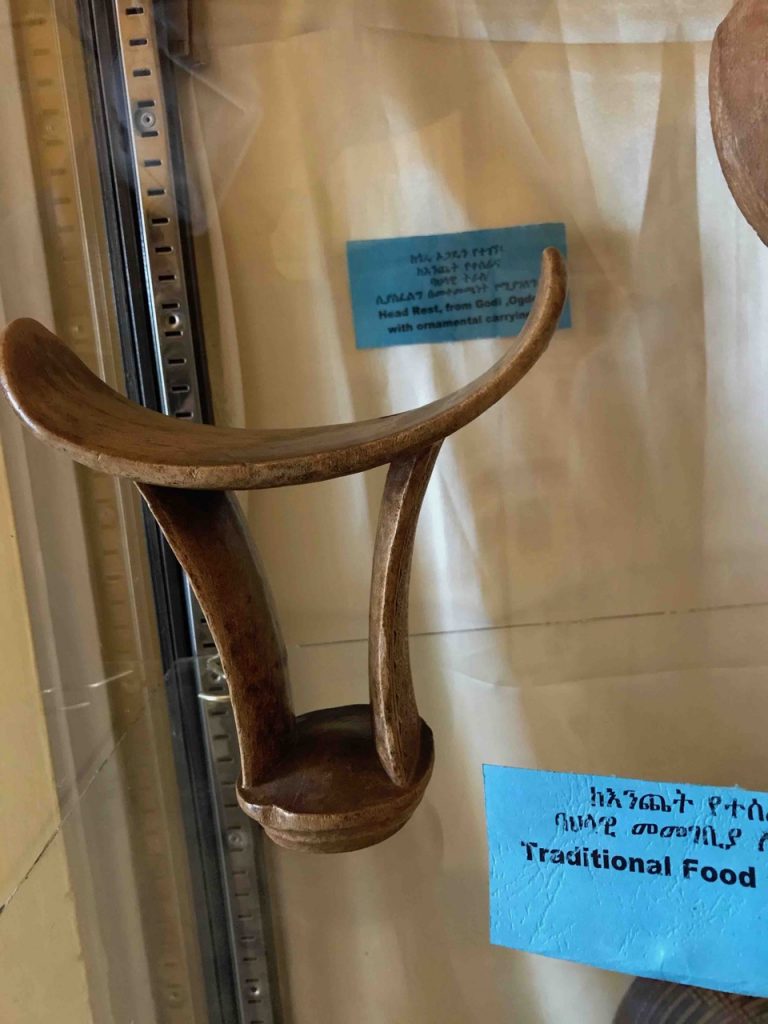



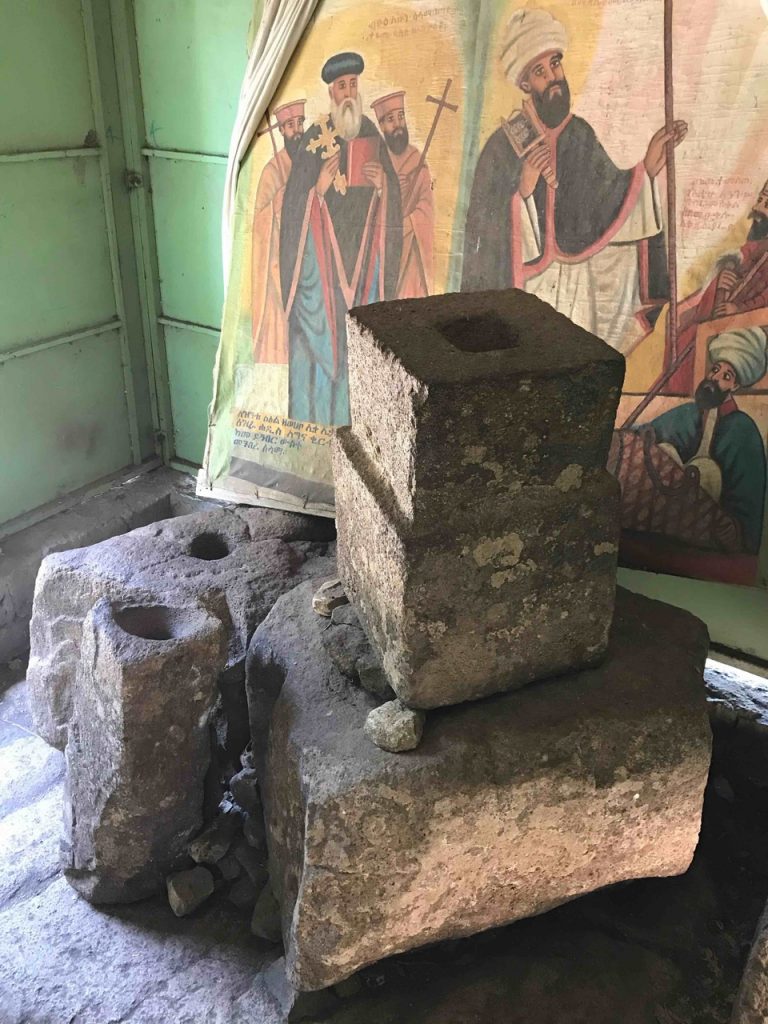

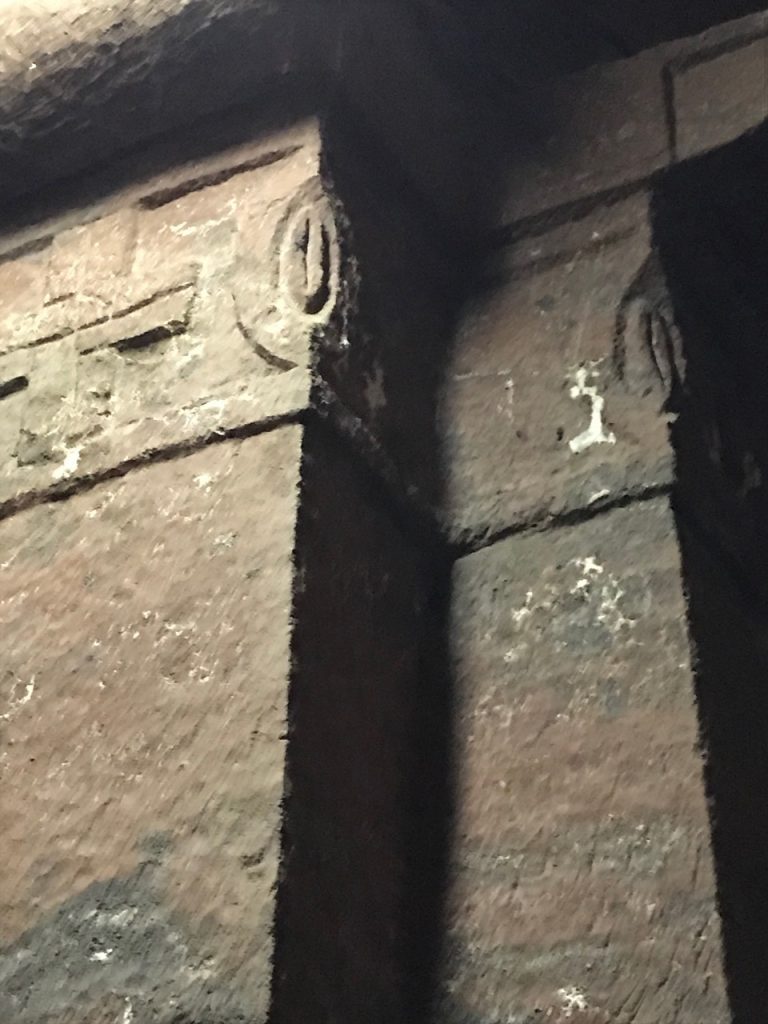

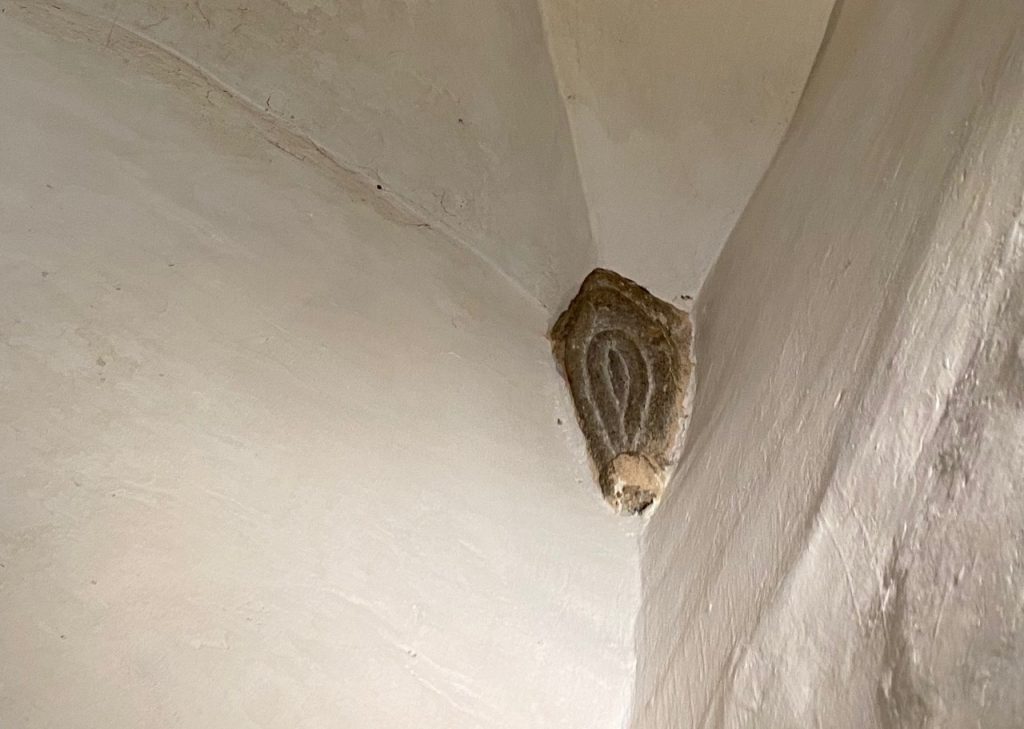
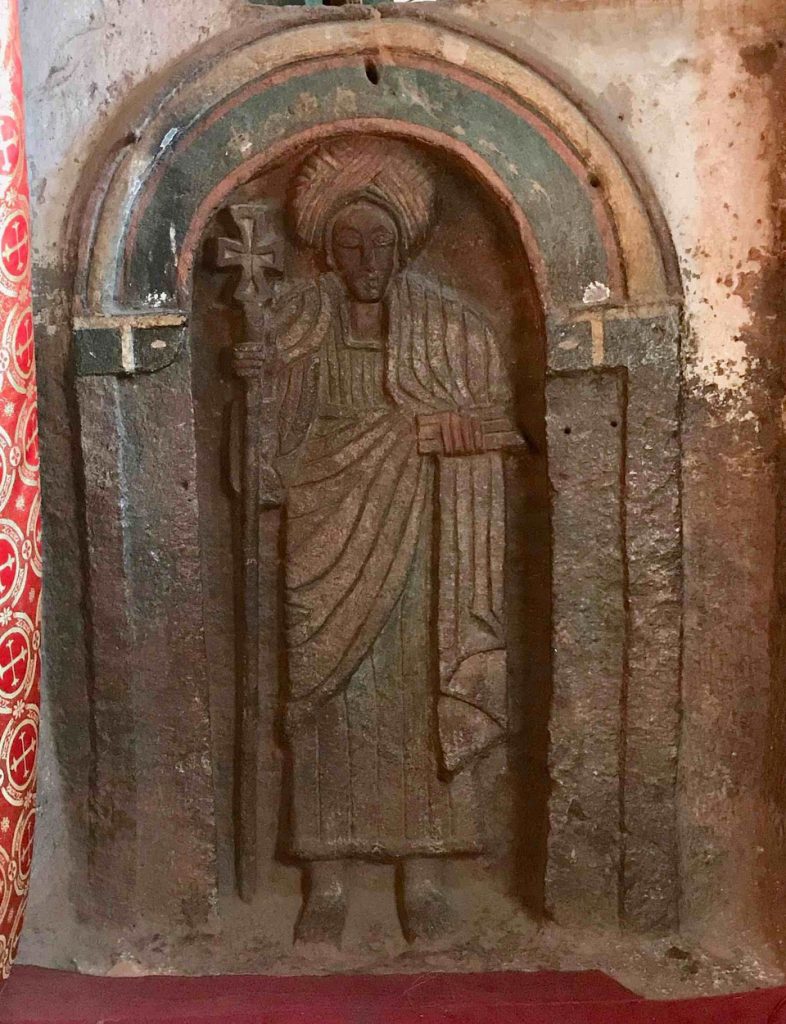
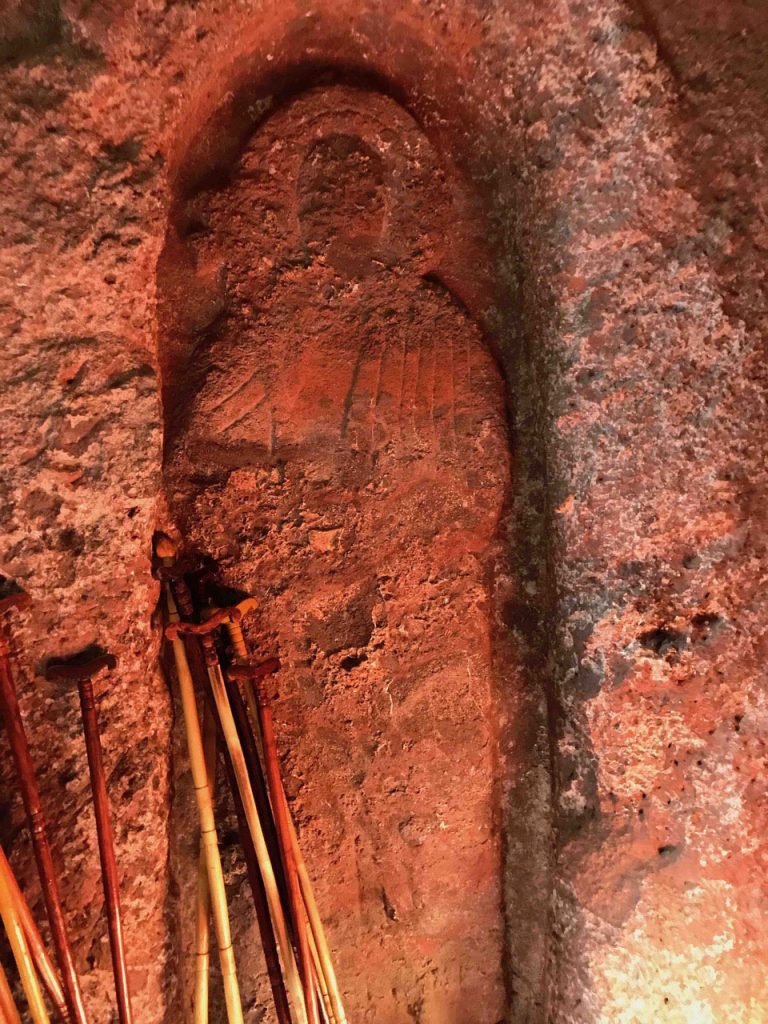
The Egyptian Anhk is two symbols. The circle “O” denotes out spiritual essence being 1 Male 7 fee-Male spirits. The “T” unearthed at Gobekli Tepe Turkey, represents human evolution from the ground-up to a point in time now before us. To the left or to the right will be chosen soon. Either one-thousand years of peace or else Karmaic returns will be the order of the day.
Good to see that the exploratory traits of the Venetians have not disappeared & have passed down(up?)into the 21st c.
Bravo for your Marco Polonian exploits and daring, to see for yourself the truths that lie in remote and hidden places forgotten in our centuries early cyber culture.
May you find the graffiti of your ancestors on some earthly celestial hill as Graham found his grandfathers on top of the Great Pyramid.
As foolhardy scientists & also Mother Gaia defrost ancient viri and bacteria in remote places, may your quest unlock the keys of the ancients to wisdom long lost, to aid us all in creating a better Now & a more promising Future.
Knowledge and Technology are Tools. Bereft of Wisdom their benefits are but a double-edged sword.
And may you never lose that ancient inquisitive, Veniti avant-garde spirit, going beyond every road before you, seeking the holy grail of enlightenment. God speed you on your journeys.
Dear Seamus Casey
Thank you so much for your very kind words. Exploring far places? Venice is a miracle in itself and aeons will pass before a similar city will be born again in the universe. Best, Manfred
I have published a book that incorporates your thoughts, Tribal Roots, Kindle ebook. One premise is that there is only fictional history pre Herodotus and semi fictional, thereafter, with much confirmation bias editing since Lucy in Ethiopia.
The Antediluvian Calendar measures time according to archaic use of the 364-day-Ethiopic-year. The final day-and-year single term in Seth’s 105-year primary age arises due to numerically matching 364-days and 364-years in a single term. The 364-day-and-year single term was a function of nighttime, lunar-side and starlight calendar operations. Sun Kingdoms’ Calendars of the Americas exhibit similar practices according to the 104-year Venus Round. The Antediluvian Calendar cultivated spirituality of the planetary and star deities found woven into the oldest Mesopotamian cultures.
Genesis 5:6
“And Seth lived an hundred and five years, and begat Enos[ch]:”
The ancient Judaic calendar escalates a Mayan 104-year Venus Round to accomplish Seth’s primary 105-year Venus Round age. Cascaded operations of a 364-day-Ethiopic-year reflect numerically matching 1-day with 1-year in order to increment the annual count. Seth’s 105-year Venus Round multiplies by a 364-day-Ethiopic-year to get 38,220-days. The days following a 360-day middle type of year, that was between 355-day-lunar-years and 365-day-solar-years, were isolated separately and “not counted in the regular computation of the year” according to Enoch. Mayan 360-day-Tun-years demonstrate identical treatment. Five extra Wayeb, nameless days in the Mayan Calendar compare with 5-epagomenal-days in the Egyptian Calendar. Subtracting 37,960-days from 38,220-days answers one Mayan 260-day-Tzolken-sacred-year. Mesopotamian Judaic versions of the Antediluvian Calendar substitute two 50-year Jubilee Cycles in place of two Mayan 52-year Calendar Rounds.
Planet Venus was the bright morning star throughout the ancient world. In Mesoamerica, Venus was a powerful male deity. Kukulkan or Quetzalcoatl dominated the Mayan pantheon. Mesopotamian religion, through all stages and phases, usually worshipped planet Venus in the feminine gender. Lunar relationships between 19-year or 20-year lunar/solar cycles likely shifted patronage of the archetypal figure from masculine to feminine. Transference to the female goddess occurs for couples supplanting the godhead or vise versa. Ishtar/Inanna shared the Baal time control over 105-days of solar-side time split for any 20-year lunar/solar cycle. Hence, 105-years or solar-side time split followed suit for any 400-year-Baktun-cycle. The 104-year Venus Cycle naturally substantiates 105-years of solar-side time split when we engage the resurrection story. Ishtar/Baal, Isis/Seth and the other examples are contingent upon the heliacal risings of Venus. The Babylonians knew the path of Venus by 1,600 B.C.E. and the African Maasai people refer to Venus as the disappearing star, Kileken. Venus translates as the Light Bearer from Latin Lucifer or heosphoros from Greek as the morning star (Isaiah 14:12).
Very interesting.
Very interesting and informative article. Great research! Much enjoyed reading.
Thanks for sharing my Bible study also led me to believe it’s in Addis Ethiopia. I believe we have heaven on earth, we need to protect mother earth.now is the time.
Interesting article with intriguing evidence Manfred. I have heard of the connection between Ethiopia and ancient Israel (Queen of Sheba/Solomon) but wasn’t aware of the links with Venice. But it’s not surprising given how powerful the Venetians were in the Middle Ages and their involvement with the Crusader States in the Levant. The Templars also seem to have been everywhere at that time, so why not also in Ethiopia especially given its religious/cultural connection to Jerusalem. I’ll have to read Graham’s book ‘The Sign and the Seal’ now. Any chance you’ll do a follow up article?